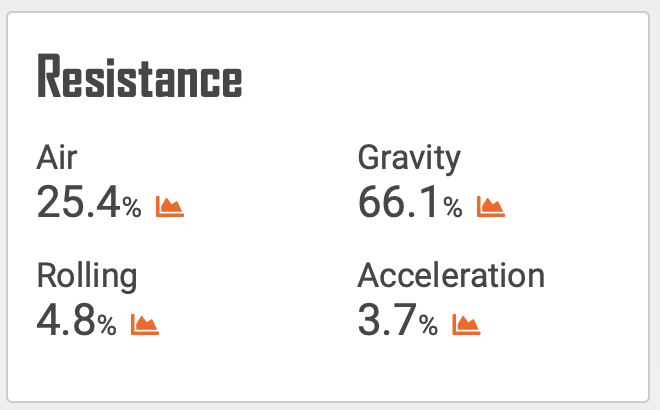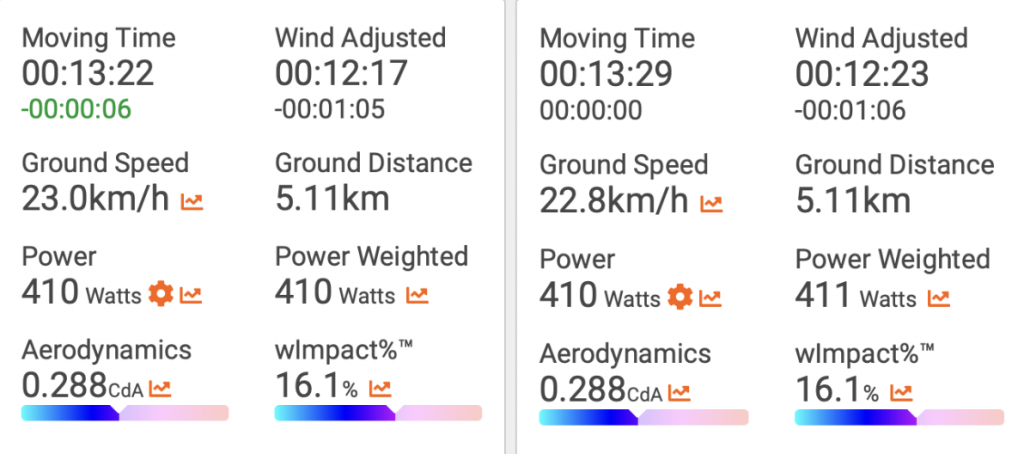The minimum weight limit was introduced to prevent the use of extremely lightweight and potentially fragile bicycles that could compromise rider safety. Bikes that are too light might be more susceptible to damage or failure during a race, especially under the stresses of professional bike racing. By setting a minimum weight limit, the UCI aims to level the playing field and prevent teams or riders from gaining an unfair advantage by using excessively lightweight materials that might compromise the durability and safety of the bike. This rule is supposed to help maintain a balance between innovation and safety in the design and construction of bicycles. The question is, does it do that?
The UCI bike weight limit of 6.8 kilograms for road racing bikes was introduced in 2000, 24 years ago. Bike technology has obviously come an extremely long way since then and, some might argue, all the UCI has done in this time is impose more stupid rules that stifle innovation and distract from the real problems like doping and rider safety. The UCI would argue that they’re preserving the sport’s unique aesthetic or something.
Dan Bigham dislikes the weight limit…
“I would increase the minimum weight limit to 8 kilos”, these were the heretical words that flew out of Dan Bigham’s mouth on an episode of “Peak Talk”, linked below.
He qualified this statement with the fact that it might piss some people off, and it won’t be the first time he’s upset cycling’s traditionalists (or the last, for that matter). He espoused his frustration with there being “a stupid push to be at the weight limit” and he identified an interesting phenomenon.
Cycling performance appears to be approaching a self imposed local maxima.
Maths lesson – what’s a local maxima?

In simple terms, imagine you’re standing on a hilly landscape, and you want to find the highest point. A local maximum is like being on a hill where you are at the highest point around you, but it doesn’t necessarily mean you’re on the highest hill in the entire area. It’s just the highest point nearby. So, a local maximum on a multidimensional surface is a point where the values are higher than at neighboring points, but it might not be the absolute highest point across the entire surface.
Imagine performance as this landscape, currently we are approaching the summit of the 6.8kg hill and it’s getting progressively steeper because “all we can think about is keeping the frame at 800g” as Dan said but in the distance there’s a bigger hill. The one where keeping bikes at 6.8kg isn’t a major constraint.
It’s a minimum limit, so can’t they just be made heavier?
“You still have the freedom to make a bike that’s heavy” – something put to Dan by Peak Torque (Alex) himself. He’s right, the teams nor manufacturers are actually bound by this UCI rule and if this local maxima is real, why don’t Ineos, the team Dan works for, simply ride heavier bikes with these additional optimisations added?
One reason is bike sales, if a brand was to make a heavier frame, they wouldn’t sell any to the general public who are very focussed on weight despite it not mattering very much. Dan mentions the necessity of growth as a sport, which is something that many minority sports (particularly triathlon and athletics at the moment) would do well to recognise. He identifies fan engagement as being crucial factors – and something that’s been successful in F1 is the addition of on board cameras and extra sensors with the data being publicly available for viewers. Increasing fan engagement is the key to the financial health of any sport.
How much difference does 1.2kgs actually make?
Road cyclists are very hung up on weight, no matter how many times we tell them that it doesn’t matter as much as they might think. Let’s use a scenario where weight matters like “the Stang”. This is a 5km climb in the north of England…



There are obviously scenarios where 1.2kgs would contribute more than in this case. For example, a long steep climb – but the idea there’d be a significant reduction in the performance of your bicycle at 8kg instead of 6.8kg is for the birds in the majority of circumstances.
So, should the limit go up?
Yes, it wouldn’t harm performance, may in fact improve frame design by focussing more on aero, damping and other losses and less on trying to make everything as light as possible. Personally, I (Tom) agree with Dan on this, the weight limit should go up. What do you think?
Sign up to myWindsock here to see how much difference adding a kilo or two would make to your riding.

 UK Time Trial Events
UK Time Trial Events




